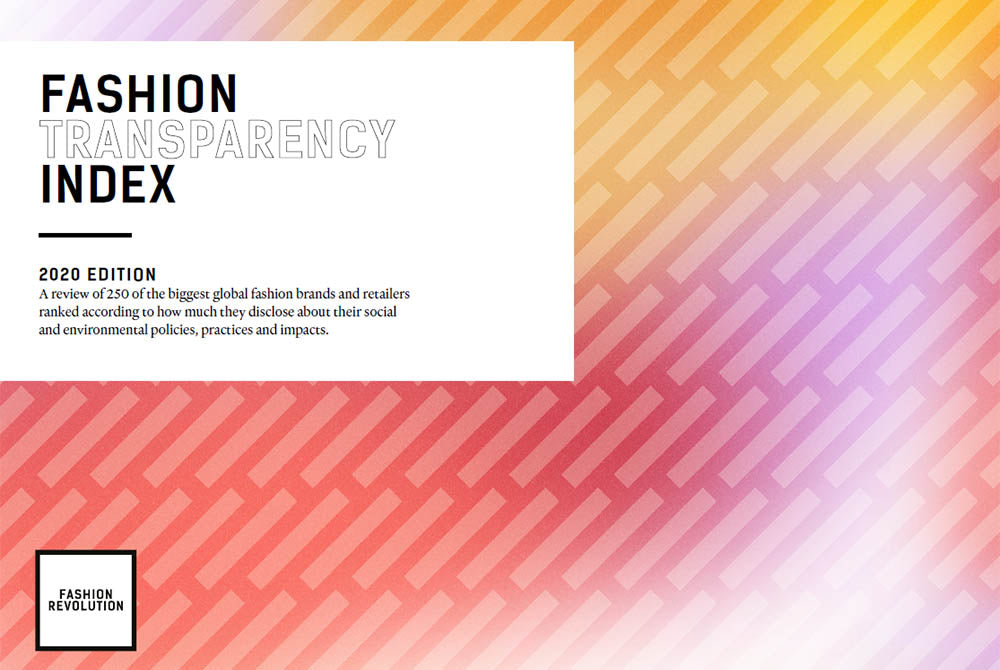
Eco-conscious consumers are now demanding more transparency. They want to know #WhoMadeMyClothes and their impact on the environment. The Fashion Transparency Index 2020 can help.
It's a tool that pushes major fashion brands and retailers to be more transparent. Disclosing information about manufacturing practices, policies, and supply chain should be the norm, just as promoting sustainability.
Transparency and sustainability have two different meanings but are equally important for consumers and the fashion industry. They encourage positive innovation, changes, and values.
Transparency in the fashion industry implies producing and distributing apparel and accessories with practices that are easy to see with more openness, communication, and accountability.
Sustainability matters for the future of the fashion system and the planet as a whole. Sustainable fashion aims to reduce the economic, social, and environmental impact of the textile and apparel industry.
Read up my article on what sustainable fashion is to understand why it's important for the environment, ecosystems, and human health.
This year, the Fashion Transparency Index reviewed 250 of the biggest fashion brands and retailers worldwide. It ranked them according to how much they reveal about their practices, impact, social, and environmental policies.
The pursuit of endless growth isn't sustainable. But fashion businesses can still thrive and consumers can keep enjoying stylish and affordable fashion products with more transparency and sustainability in the whole system of fashion.
Unfortunately, unsustainable and unethical practices still happen daily in the textile and apparel industry. Many farmers and garment factory workers aren't paid a living wage and work in inhumane conditions.
Check out my article on fashion brands that still use sweatshops to cheaply produce low-quality and disposable clothing and learn more about these issues.
"The Fashion Transparency Index comprises 220 indicators covering a wide range of social and environmental topics such as animal welfare, biodiversity, chemicals, climate, due diligence, forced labor, freedom of association, gender equality, living wages, purchasing practices, supplier disclosure, waste and recycling, working conditions and more. [...] This is an urgent issue for so many workers in the textile supply chain who struggle to afford life’s basic necessities. While it is a complex issue to solve, without more collective action and greater transparency from major brands and retailers, it will be a very long time before workers are paid decent and fair wages."
- Fashion Transparency Index 2020
Governments in many developing countries such as Bangladesh, Indonesia, Sri Lanka, and The Philippines have been trying to abolish human rights violations but some sweatshops manage to run illegally.
Child labor and forced labor have no place in a developed and civilized society. But when it comes to labor rights, many sporting goods retailers and high-street chains are still ignoring the unethical treatment of the employees in their supply chain.
Download the full Fashion Transparency Index 2020 on fashionrevolution.org
Photo courtesy of Fashion Revolution.
Was this article helpful to you? Please tell us what you liked or didn't like in the comments below.
About the Author: Alex Assoune
What We're Up Against
Multinational corporations overproducing cheap products in the poorest countries.
Huge factories with sweatshop-like conditions underpaying workers.
Media conglomerates promoting unethical, unsustainable products.
Bad actors encouraging overconsumption through oblivious behavior.
- - - -
Thankfully, we've got our supporters, including you.
Panaprium is funded by readers like you who want to join us in our mission to make the world entirely sustainable.
If you can, please support us on a monthly basis. It takes less than a minute to set up, and you will be making a big impact every single month. Thank you.




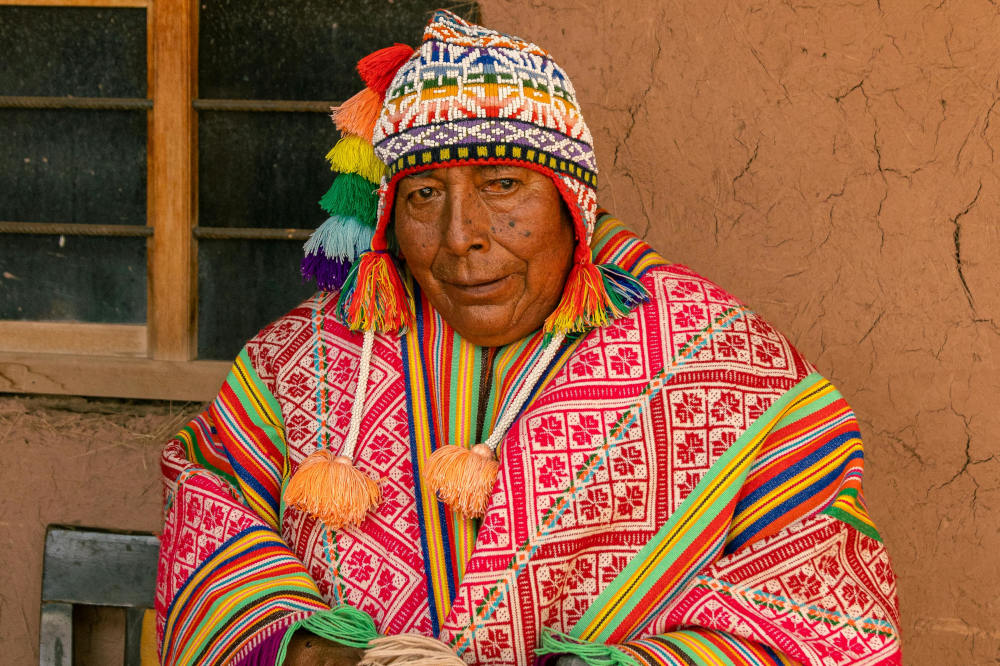









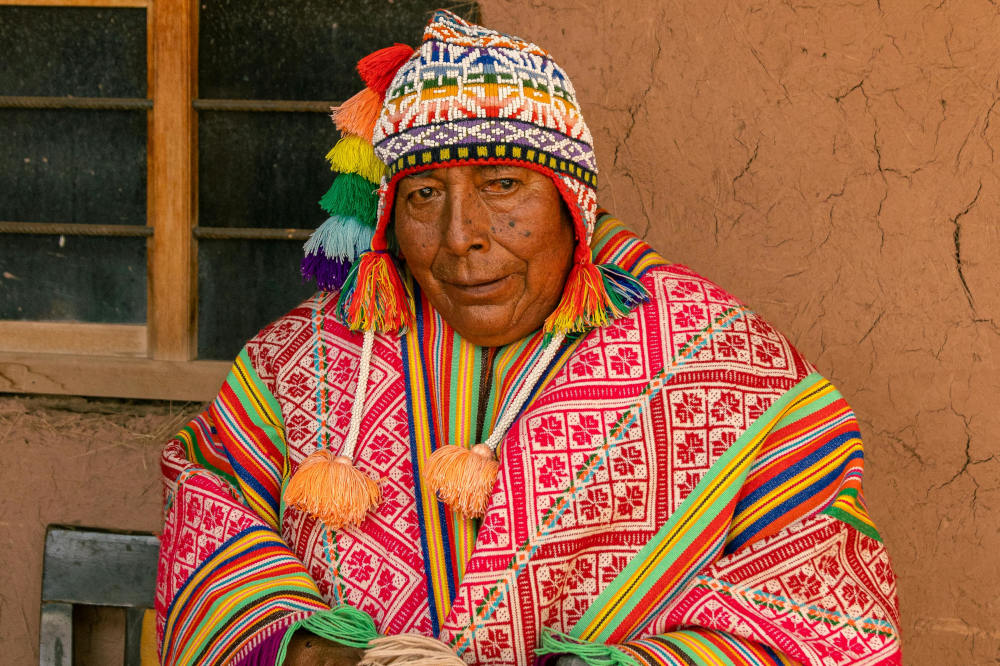








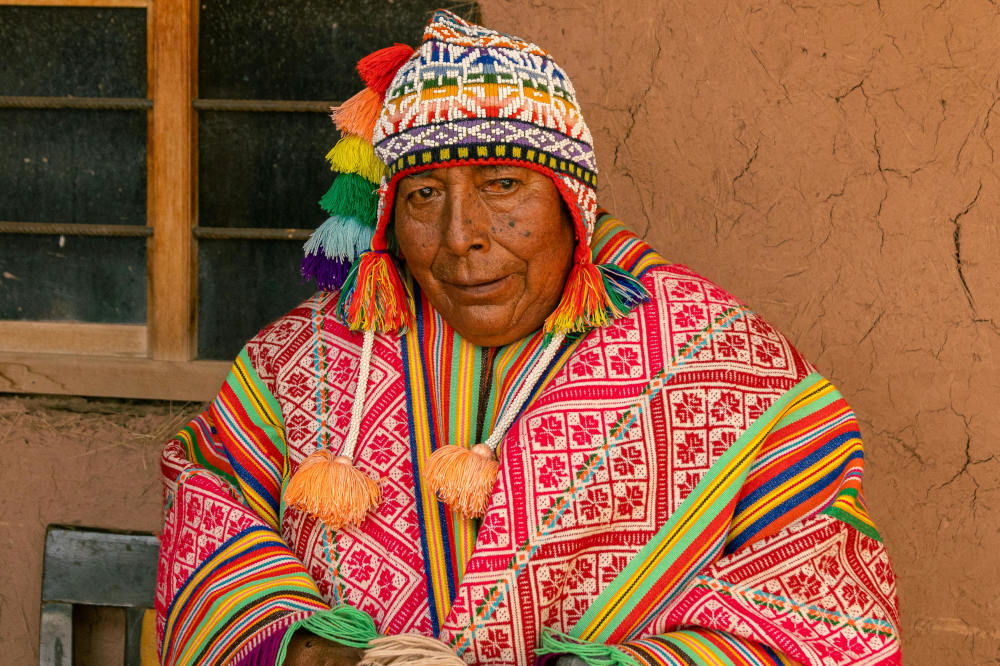
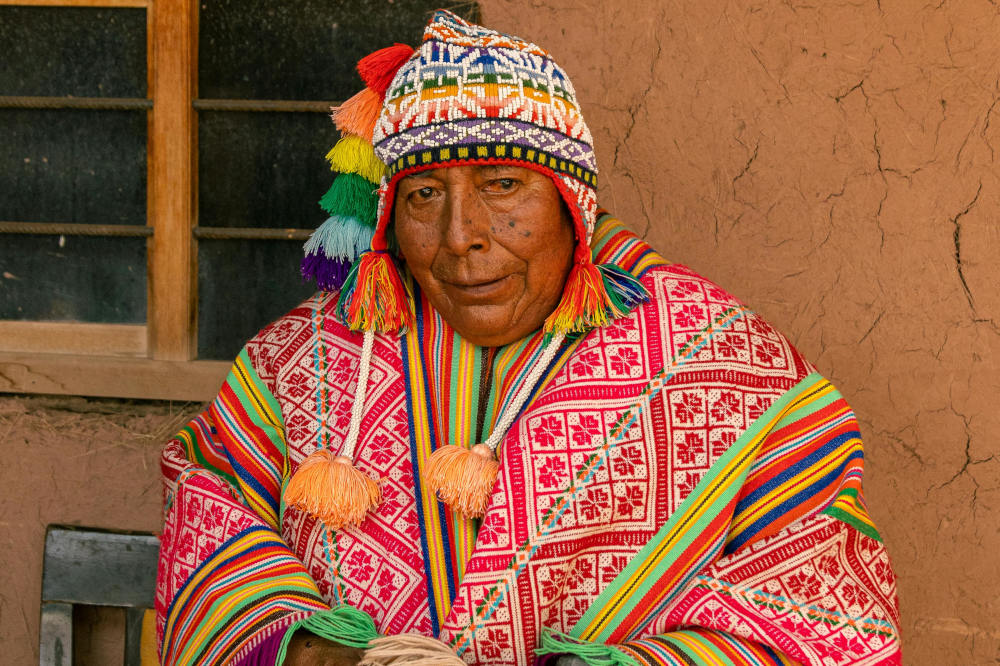
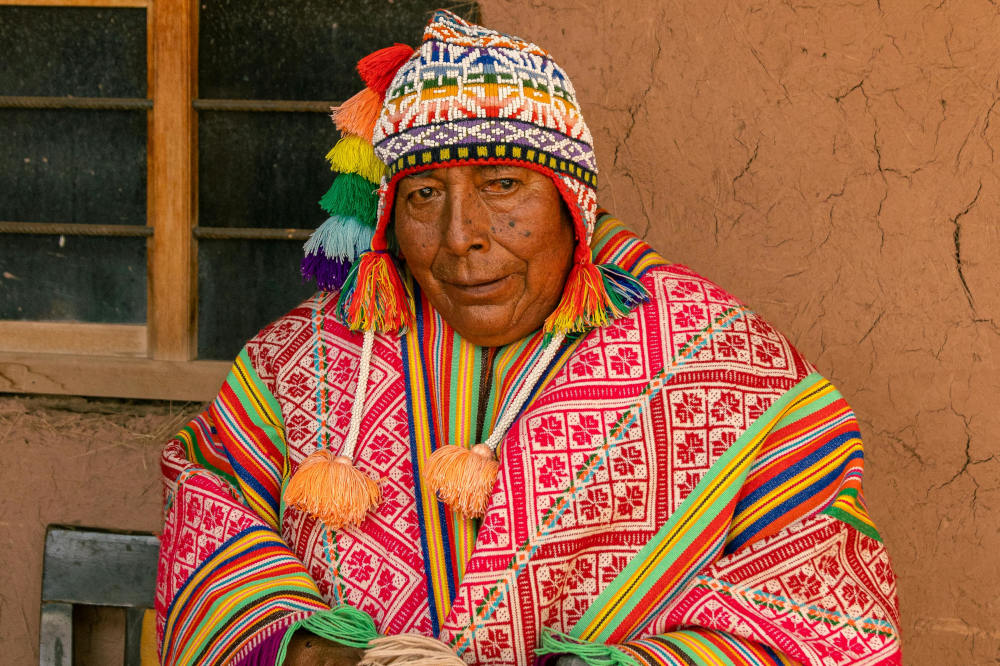



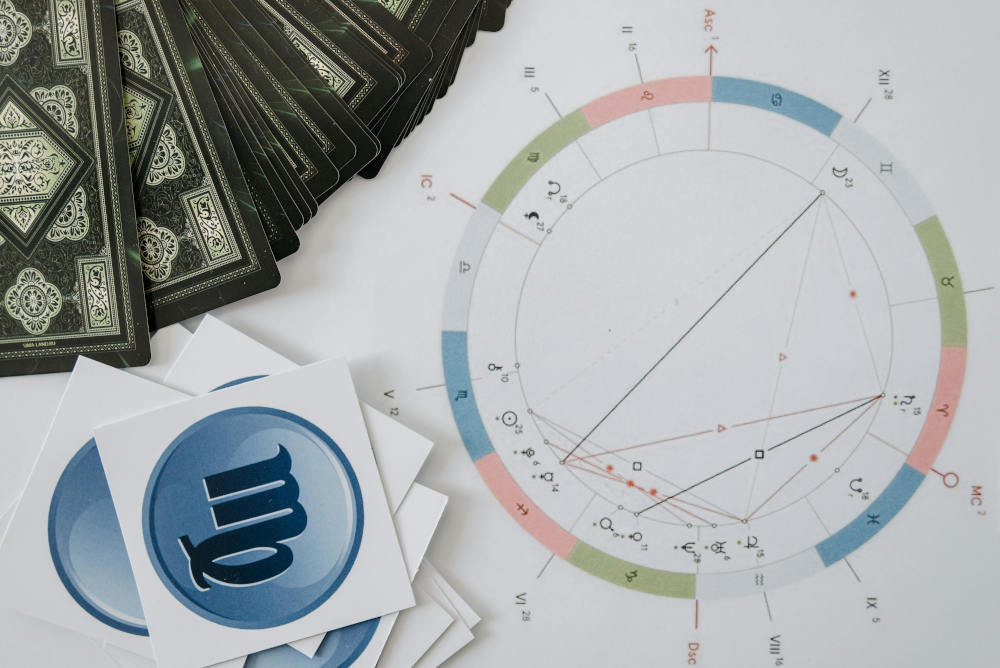
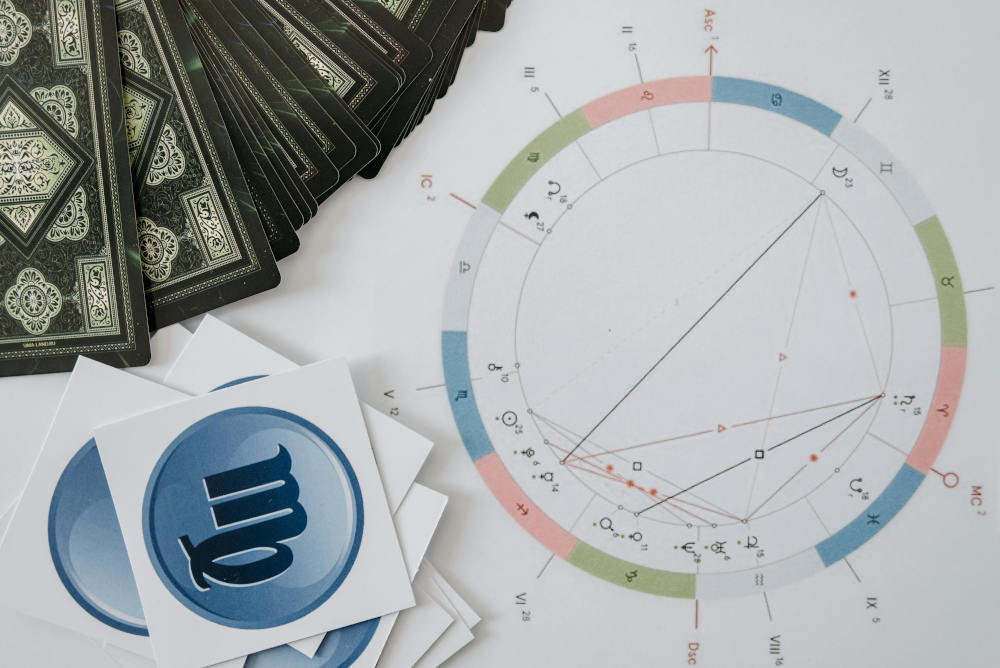
0 comments